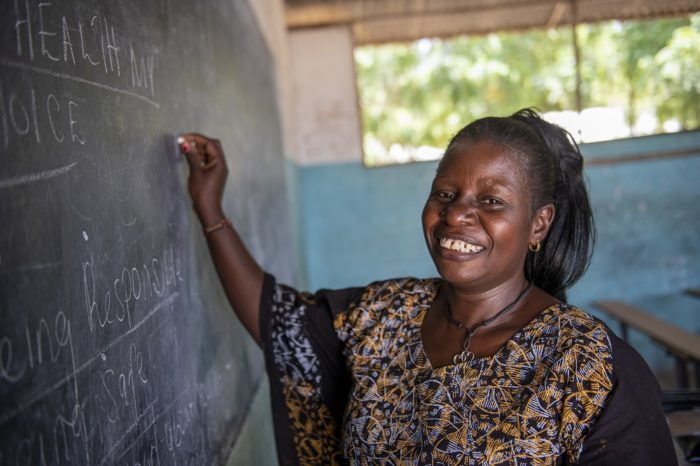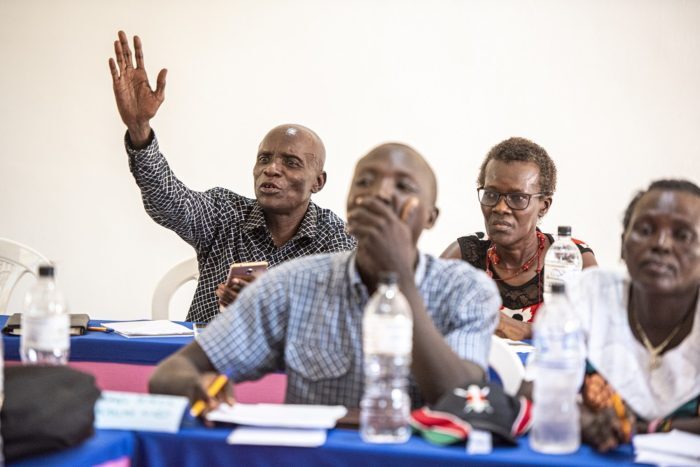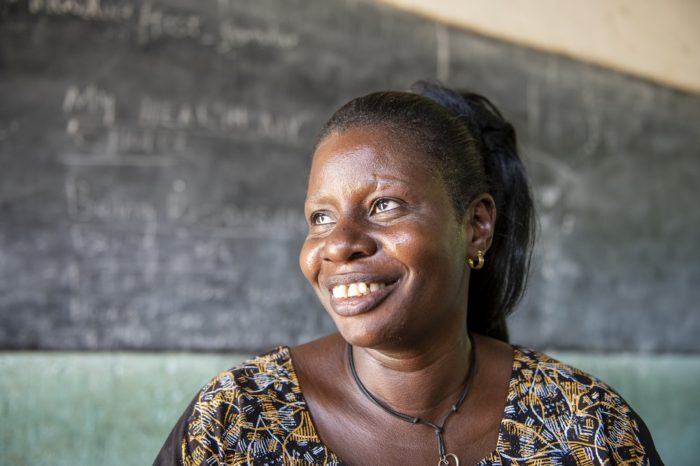Approximately 1.8 million adolescents are currently living with HIV. The vast majority of those adolescents—89 percent—live in sub-Saharan Africa. The number of HIV-positive adolescents is expected to rise over the next decade.
 Adolescence is a challenging time when social acceptance and risk-taking are dominant concerns. As a result, young people living with HIV often have difficulties accepting their HIV status. Stigma and discrimination can make it hard for these adolescents to disclose their status to friends and sexual partners. This can result in poor adherence to their antiretroviral regimen.
Adolescence is a challenging time when social acceptance and risk-taking are dominant concerns. As a result, young people living with HIV often have difficulties accepting their HIV status. Stigma and discrimination can make it hard for these adolescents to disclose their status to friends and sexual partners. This can result in poor adherence to their antiretroviral regimen.
It is crucial that adolescents living with HIV have trusted adults to turn to.
Filgona Kayore is a teacher at Lodwar Girls Primary School, a boarding school for girls in northern Kenya. In the past she did not know what to do when a pupil living with HIV came to her with health or stigma concerns.
“When they approached me for help, I would dismiss them and tell them to take their problems to the head teacher,” says Filgona.

In 2018, Filgona, along with a group of other teachers, was trained by the Elizabeth Glaser Pediatric AIDS Foundation (EGPAF) on how to assist HIV-positive students. This was a component of the ViiV Red Carpet program, which is designed to address the specific needs of children and adolescents.
“After that meeting, I came back to the school and sensitized the other teachers. I also had a meeting with the head teacher to discuss how we could take care of our pupils living with HIV,” says Filgona.
“The head teacher advised me to start a health club—but not to call it a HIV club, as it would stigmatize the girls. Therefore, we started a club that recruited 40 girls, including those living with HIV. Two other teachers run the club as part of ensuring more teachers are included in this exercise. In the club, they talk about a range of health issues and this provided a safe space for the girls to open up to me or the other teachers.”
Filgona now has six girls in her care whose drug intake, nutrition and monthly visits to the health facility she supervises. Since the club only has 40 members, Filgona also ensures that the entire school, with a population of 1,500 students, also benefits from the health talks by holding motivational talks by invited guests. That way, those not in the club still have an avenue to come join a session and open up to her, if needed.
“We still encounter stigma from their parents who are not willing to open up to us about their children’s status,” says Filgona. “Parents will not disclose the status of the child and instead tell us that their child has TB. But we find out from the children themselves when they have to go for their clinic appointments. This reflects that stigma is still a big issue here.

“We are hoping to address this by having more parent-teacher meetings where we can sensitize the parents to be open about their children’s health because without us knowing, it is difficult to help their children live a normal life within the school,” adds Filgona.
Because of the relationship that Filgona has developed with the girls, they are open about their lifesaving antiretroviral drugs, and it is easy to supervise their treatment. However, the teacher stresses that she is not the only person with whom girls should be open with their status.
“For us, the point is that the girls find someone that they can trust so that we can monitor their care, because at the end of the day, we all have the goal of ensuring that the girls adhere to the drugs to stay healthy,” says Filgona.




